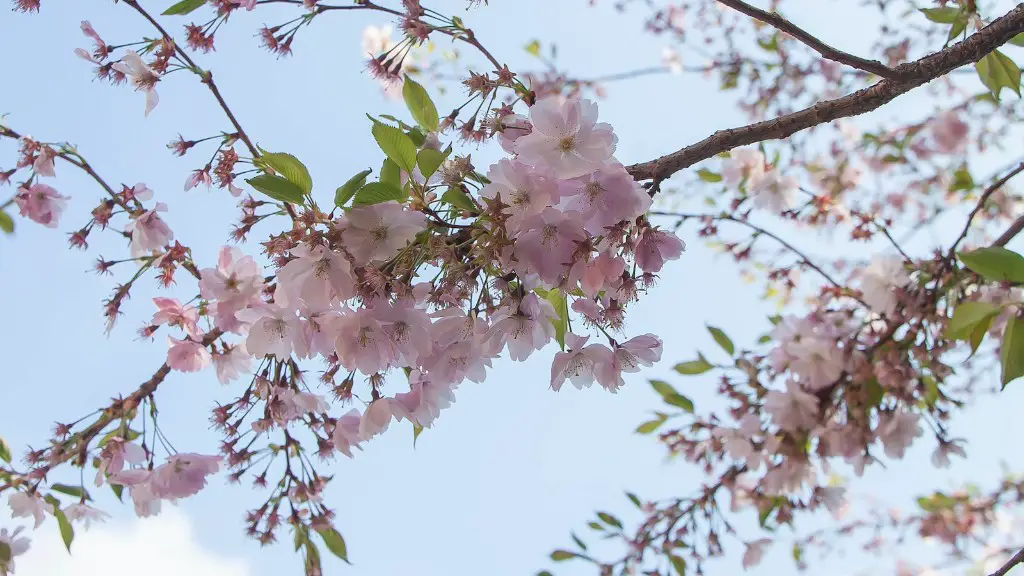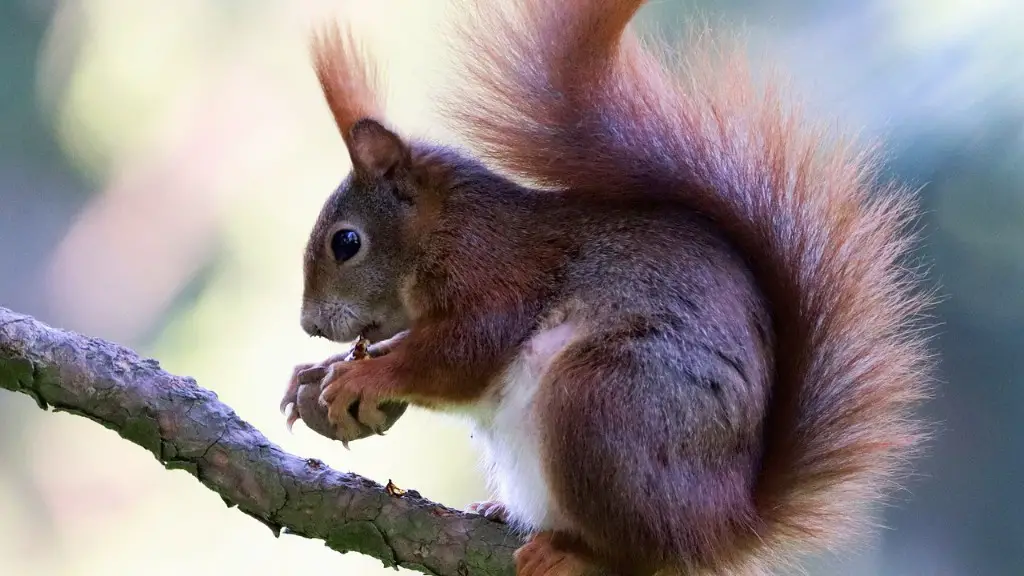Understand the Basics
It is possible to grow a cherry tree from a stone, but it requires care, knowledge and patience. The process of growing a tree in this manner is called propagating and the stone from which the tree is grown is called a seed or stone. The seed comes from a mature cherry tree. Growing a tree from the seed might take longer than buying a mature tree, and the success rate if fairly low, but it is a very rewarding experience.
Propagating a cherry tree involves extracting the seed from the fruit. It is an easy process if the stone is soft; it is enough to break the stone and gently remove the seed from the pit. For harder stones, it is necessary to soak the stone in water before it can be opened. Once the seed is extracted, it must be placed in a moist environment so it can germinate and the seedling can start to grow.
Carefully Select the Location
The next step is to select a good location where the tree can be planted. The cherry tree must be planted in an area that receives a lot of sun and has good drainage, as this will help the tree to germinate quicker. The soil must be rich in nutrients and watered regularly during the first few years of the tree’s life.
It is important to understand the characteristics of the species that is being planted as some cherry trees prefer acid soils, while others grow well in alkaline soils. Most cherry trees need a lot of light and some species prefer temperatures lower than other trees. All these factors are important when it comes to the success of the tree.
Provide the Right Care
Cherry trees are relatively easy to care for. They need pruning every year, usually during the late summer or early fall, which will help the tree maintain its health and vigour. Pruning should be done carefully as over pruning may cause serious damage to the tree.
The tree must also be fertilized every year during the early spring. Fertilizers should contain slow-release nutrients such as nitrogen, phosphorus, and potassium. Additionally, mulching the soil around the tree can help the tree to retain moisture during the dry periods.
Protect Against Pests and Disease
Cherry trees, like other trees, can suffer from pests and diseases. They can be attacked by borers, which can cause serious damage to the tree if they are not controlled. Another common pest is the cherry fruitworm which feeds on the fruit of the tree and can cause the fruit to drop off the tree prematurely.
It is important to inspect the trees regularly for signs of pests or diseases. If the tree is suffering from a disease, it is important to treat it as soon as possible to prevent further damage.
Harvest the Fruit
The trees can be harvested for their fruit. This can be done when the fruit is fully ripe, usually between late summer and early fall. The fruit can be eaten fresh or preserved for later use.
When harvesting, it is important to be mindful of the ripeness and quality of the fruit. Harvesting too late will cause the fruit to rot while harvesting too early will cause the fruit to not be as flavourful as it could be.
Long-Term Growing Tips
Cherry trees take a long time to reach their full potential, but the effort and patience required to maintain the tree can be rewarded with success. It is important to be patient and consistent when caring for the tree and to keep the stars of the species in mind when selecting a location and performing any other tasks related to the tree.
Keeping records of any pest infestations and disease outbreaks is also important. This helps to ensure that if any problems occur in the future, they can be addressed immediately, before they become too serious.
Growing a New Tree From the Seedling
Certain cherry tree species can be propagated from the seedling, too. This is a riskier process than propagating from a stone, but with the right knowledge and care, it is possible to grow a healthy cherry tree from the seedling.
It is important to begin the process when the seedling is still young as it is much more difficult to transplant a larger tree. The tree will need to be planted in a pot until it is a few feet tall and the soil must be regularly watered and fertilized to keep the tree healthy.
Caring for an Established Cherry Tree
Once the tree is established, there are still some things to consider. It is important to keep the tree well-watered and pruned as this will help maintain its vigour and health. Additionally, the tree should be regularly inspected for pests or disease.
If any pests or disease are found, it is important to treat them immediately. It is also important to feed the tree compost or fertilizer to ensure it gets the nutrients it needs. With the right care and attention, an established cherry tree will be an asset to any garden.
Achieving the Best Harvest Possible
As the cherry tree matures, it is important to control the amount of fruit it produces. The tree should be allowed to rest each year so that it has enough energy to produce the best possible fruit.
It should also be monitored to ensure that it gets enough water and fertiliser, as this will help promote a healthy crop of cherries. Additionally, it is important to pick the fruit as soon as it is ripe, as this will ensure that the cherries have the best flavour possible.
Preserving and Storing Cherries
Cherries can be easily preserved to enjoy at a later date. The most common way is to freeze the cherries. This can be done by washing and sorting the cherries, then freezing them on a baking tray before transferring them to an airtight container. The cherries will stay fresh for up to a year and can be easily used in smoothies, jams, sauces and other recipes.
A less common, yet more traditional way to preserve cherries is to dehydrate them. This can be done by slicing the cherries and leaving them out in the sun to dry. The cherries can then be stored in an airtight container and kept for up to 3 years.
Making the Most of Cherries
Once the cherries have been preserved, they can be used to make a variety of dishes. Cherries are a great addition to salads, smoothies and breakfast recipes. They can also be added to sauces, jams, and desserts.
It is also possible to make cherry juice or wines. Juices can be made simply by blending the cherries with some water and straining the mixture. For wines, the cherries will need to be fermented with a specific type of yeast before going through the usual winemaking process.
Conclusion
Growing a cherry tree from a stone is a rewarding experience and is possible with the right care and knowledge. Understanding the basics of the species, selecting the right location, providing the right care and protecting the tree from pests and diseases are all key components of the process. Once the tree is established, it is important to carefully harvest the fruit and preserve it to best enjoy them later.



